Related Research Articles

Erich Pommer was a German-born film producer and executive. Pommer was perhaps the most powerful person in the German and European film industries in the 1920s and early 1930s.
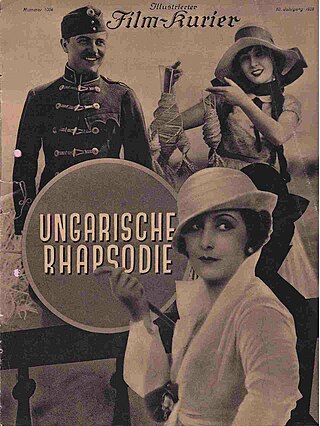
Hungarian Rhapsody is a 1928 German silent drama film directed by Hanns Schwarz and starring Lil Dagover, Willy Fritsch and Dita Parlo. It depicts the life of an impoverished Hungarian aristocrat.
Jules Greenbaum was a German pioneering film producer. He founded the production companies Deutsche Bioscope, Deutsche Vitascope and Greenbaum-Film and was a dominant figure in German cinema in the years before the First World War. He is also known for his early experiments with sound films around twenty years before the success of The Jazz Singer made them a more established feature of cinema.
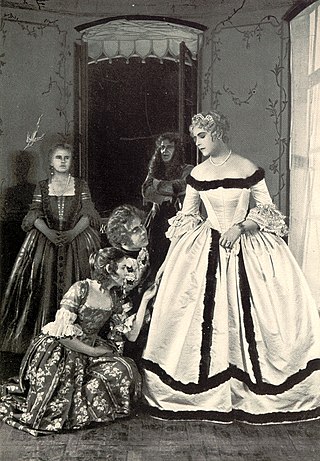
A Glass of Water is a 1923 German silent historical drama film directed by Ludwig Berger and starring Mady Christians, Lucie Höflich and Hans Brausewetter. It premiered at the UFA-Palast am Zoo on 1 February 1923. It was based on a play of the same title by Eugène Scribe, set in England during the reign of Queen Anne. The film was very well received both commercially and critically on its release. It is considered one of the milestones of Weimar cinema.

The Lost Shoe is a 1923 German silent fantasy film directed by Ludwig Berger and starring Helga Thomas, Paul Hartmann and Mady Christians. Its plot is loosely based on that of Cinderella. It was shot at the Babelsberg Studios in Berlin. The film's sets were designed by the art director Rudolf Bamberger. The film premiered on 5 December 1923 at the Ufa-Palast am Zoo in Berlin. It was produced by Decla-Bioscop which was by then part of the large UFA conglomerate.
Waltz of Love is a 1930 German musical film directed by Wilhelm Thiele and starring Lilian Harvey, Willy Fritsch and Georg Alexander. It was shot at the Babelsberg Studios in Berlin with sets designed by the art director Erich Kettelhut. It premiered at the Gloria-Palast in Berlin on 7 February 1930. A separate English language version The Love Waltz was also produced.
The Love Waltz is a 1930 German English language musical film directed by Carl Winston and starring Lilian Harvey, Georg Alexander and John Batten. It is the English-language version of Waltz of Love (1930) which also starred Harvey.

The Plague in Florence is a 1919 German silent historical film directed by Otto Rippert for Eric Pommer's Deutsche Eclair (Decla) production company. The screenplay was written by Fritz Lang. It stars Marga von Kierska, Theodor Becker, Karl Bernhard and Julietta Brandt. The film is a tragic romance set in Florence in 1348, just before the first outbreaks in Italy of the Black Death, which then spread out across the entire continent.

The Mayor of Zalamea is a 1920 German silent drama film directed by Ludwig Berger and starring Lil Dagover, Albert Steinrück and Agnes Straub. The film was based on Pedro Calderón de la Barca's historic Spanish play of the same name. It was shot at the Babelsberg Studios in Berlin with sets designed by the art director Hermann Warm. It was Berger's debut as a director.
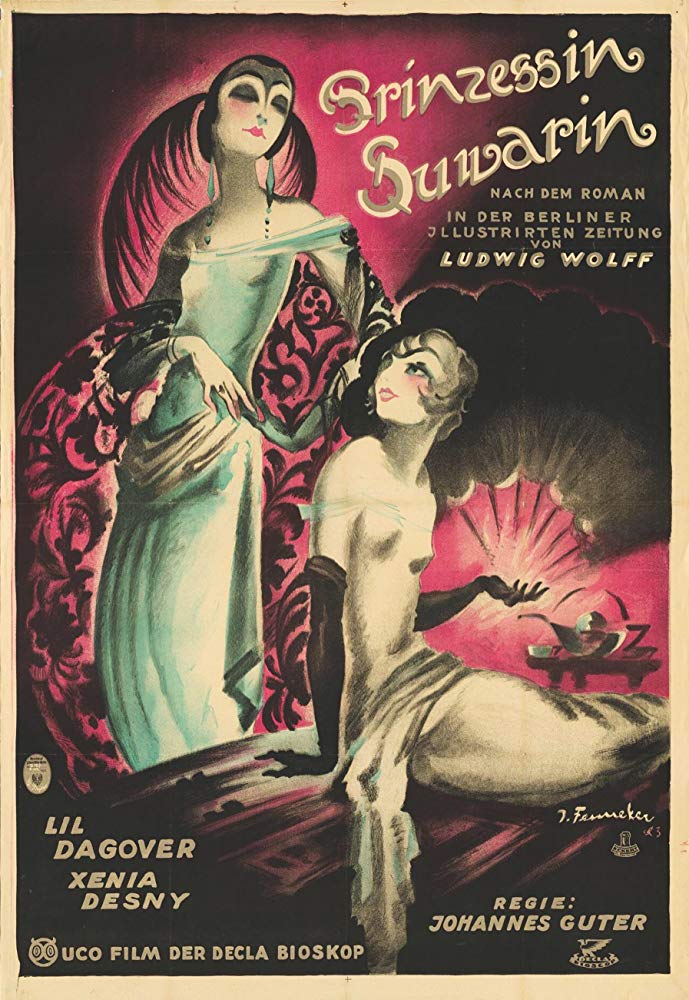
Princess Suwarin is a 1923 German silent film directed by Johannes Guter and starring Lil Dagover, Heinrich Schroth and Xenia Desni. It was shot at the Babelsberg Studios of Decla-Bioscop in Berlin. The film's sets were designed by the art director Erich Czerwonski.
Good-for-Nothing is a 1922 German silent film directed by Carl Froelich based on the novella by Joseph von Eichendorff. and starring Erhard Siedel, Julia Serda and Valerie von Martens. e It premiered on 1 September 1922 at the UT Kurfürstendamm in Berlin.

The Kwannon of Okadera is a 1920 German silent film directed by Carl Froelich and starring Lil Dagover and Werner Krauss. Produced by Erich Pommer of Decla-Bioscop it was shot at the Babelsberg Studios in Berlin and premiered in the city's Marmorhaus.
The Woman with Orchids is a 1919 German silent film directed by Otto Rippert and starring Carl de Vogt, Werner Krauss and Gilda Langer.

The Weissensee Studios was a collection of separate film production studios located in the Berlin suburb of Weißensee during the silent era.
Decla-Film was a German film production and distribution company of the silent era, founded by Erich Pommer and Fritz Holz in February 1915.
The Terror of the Sea is a 1924 German silent film directed by Franz Osten and starring Carl de Vogt, Helena Makowska, and Cläre Lotto.
Uschi Elleot (1899–1975) was a German stage and film actress who starred in a number of silent films. She was the younger sister of actress Carola Toelle. After her cinema career ended she emigrated to the United States and married an American.
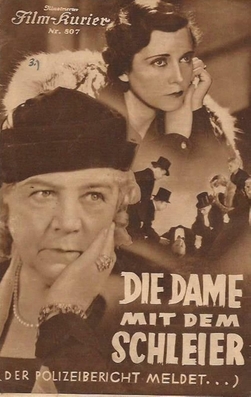
Police Report is a 1934 German mystery crime film directed by Georg Jacoby and starring Olga Chekhova, Paul Otto and Hansi Niese. It was adapted from the 1932 novel Die Frau im schwarzen Schleier by Hedda Lindne.
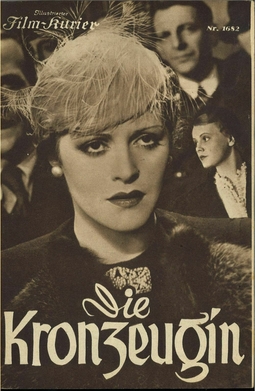
The Chief Witness is a 1937 German crime drama film directed by Georg Jacoby and starring Iván Petrovich, Sybille Schmitz and Sabine Peters. It was shot at the Babelsberg Studios in Berlin. The film's sets were designed by the art directors Otto Hunte and Willy Schiller. Location shooting took place in the Krkonose Mountains in Czechoslovakia and Zugspitze in Bavaria.
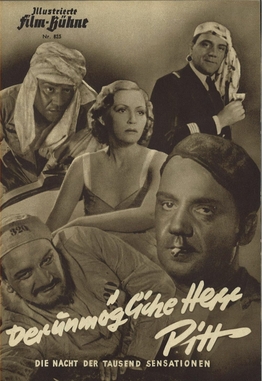
The Impossible Mister Pitt is a 1938 German adventure crime film directed by and starring Harry Piel. It also features Willi Schur, Leopold von Ledebur and Hilde Weissner. It was shot at the Babelsberg Studios in Berlin and on location off the coast of Split in Croatia. The film's sets were designed by the art directors Otto Erdmann and Hans Sohnle. It was based on the novel of the same title by Georg Mühlen-Schulte who also worked on the screenplay.